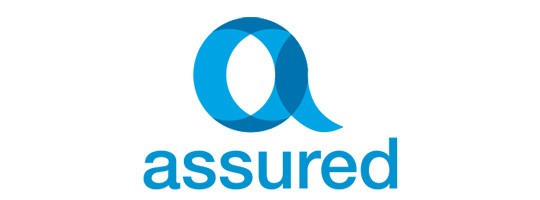What’s the craziest thing you’ve done to buy your dream home? For residents of Canberra, camping out in freezing temperatures for a week is de rigueur thanks to its pricey housing market. Over the three months to the end of May, Canberra’s residential prices rose 3.7% – the biggest rise of all capital cities, according to figures released by RP Data. Median house prices now rest at $508,500 and competition for land is fierce, with buyers camping out in freezing temperatures for up to a week to secure blocks of land in Canberra’s newest suburb, Forde.
Saving thousands: Blast your mortgage into oblivion
While camping out on a vacant block may seem extreme, it’s no surprise that buyers are willing to do ‘whatever it takes’ to secure their dream home in a hot housing market. Buyers eager to snap up a bargain, or simply something affordable, are looking for all sorts of ‘ins’, from finding houses pre-auction to staking out their claims, literally, on land released for development.
But which really is more affordable – buying or building? And which is likely to net you a larger profit in the long run?
Building a new home:
There’s no denying it: buying off the plan has its advantages. Prices can be lower, there are some significant tax benefits and you can pick and choose from what’s available to get exactly what you want. One of the great advantages to buying off the plan is the lower price. Developers want to sell, fast, to meet their construction finance requirements. This means the first properties released pre-construction are likely to sell at a lower rate. Better still, in a rising market, if you can buy off the plan using a deposit bond you’ll have time to organise your finances while benefiting from instant capital growth.
Depending on the state you live in you’ll be able to take advantage of stamp duty reductions and government issued building grants that’ll help you pay off your property sooner. Additionally, if you’re buying off the plan as an investment there are lots of tax depreciation benefits you can take advantage of.
Finally, if you’re buying pre-construction, often you’ll get a say in the planning that goes on. Want to personalise your home? Buy early and you’ll get to choose from a number of different styles, products and layouts. Better still, new houses come with warranties and are often constructed to be far more energy efficient, saving you costly renovations in the long run.
Buying an established home:
But to every silver lining, there’s a dark cloud. While buying a newly constructed home can have its advantages, there are disadvantages to buying off the plan that buyers need to be aware of. Compared to established homes, new homes can lack character. Trees are less mature and homes can have a ‘cookie cutter’ feel to them. You also won’t be able to move in straight away and if you can, there’s likely to be construction noise around you for some time yet. Additionally, you won’t be able to complete a pre-purchase building inspection. That means if your builder has been a bit slack, you’re may be plagued with niggly problems in the future.
When you buy an established home, you know what you’re getting. You can have a builder inspect the house as it stands, making you aware of any problems you might face in advance.
Buying an older home usually means buying into an established neighbourhood as well, with more lifestyle amenities like cafe’s and transport around you. You might even get more house for less dollars buying an older home as well; the price you’re paying gets you the land.
Whether you buy a new home or an established one, make sure you consider all your options. Research all the types of loans available, weigh up your needs and desires, then discuss your options with a mortgage professional or investment strategist who can help you make the right choice for your needs.
Source: Your Mortgage Magazine

